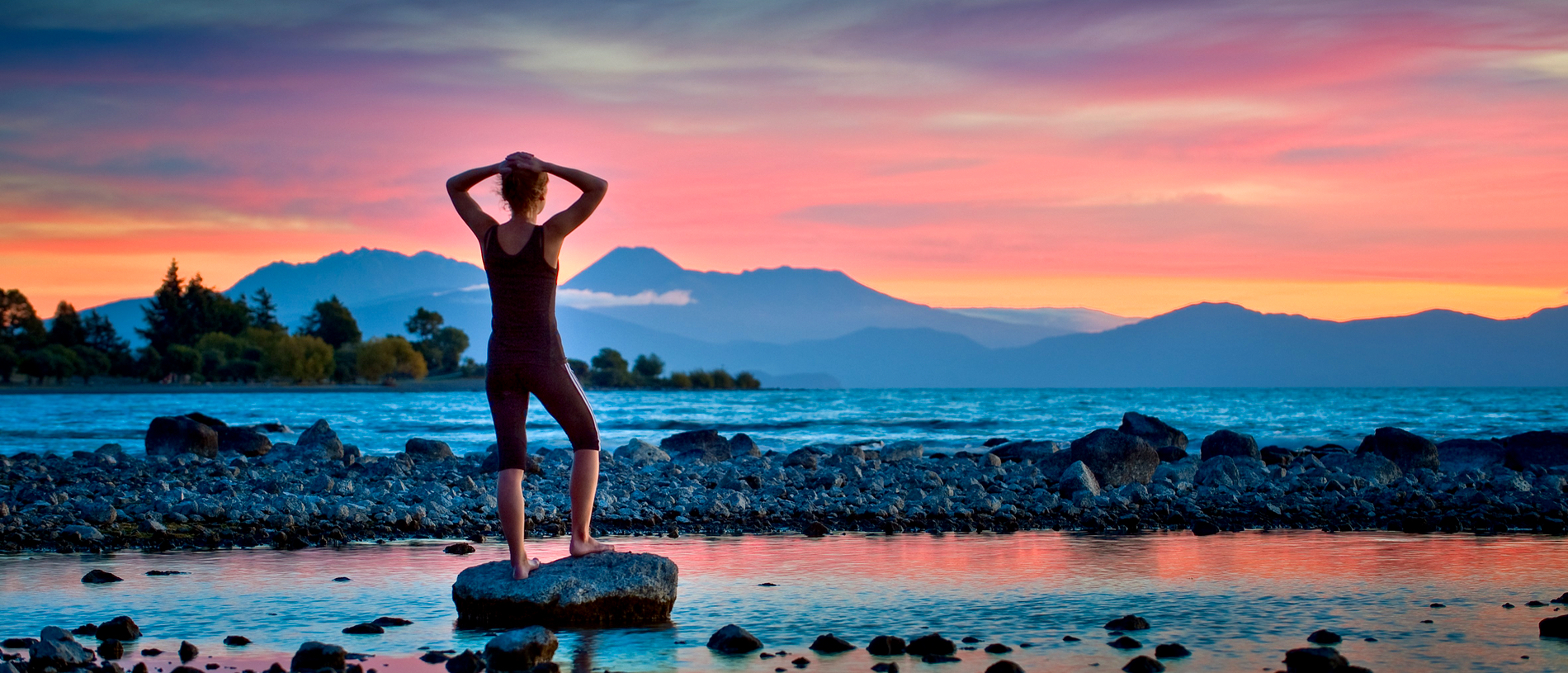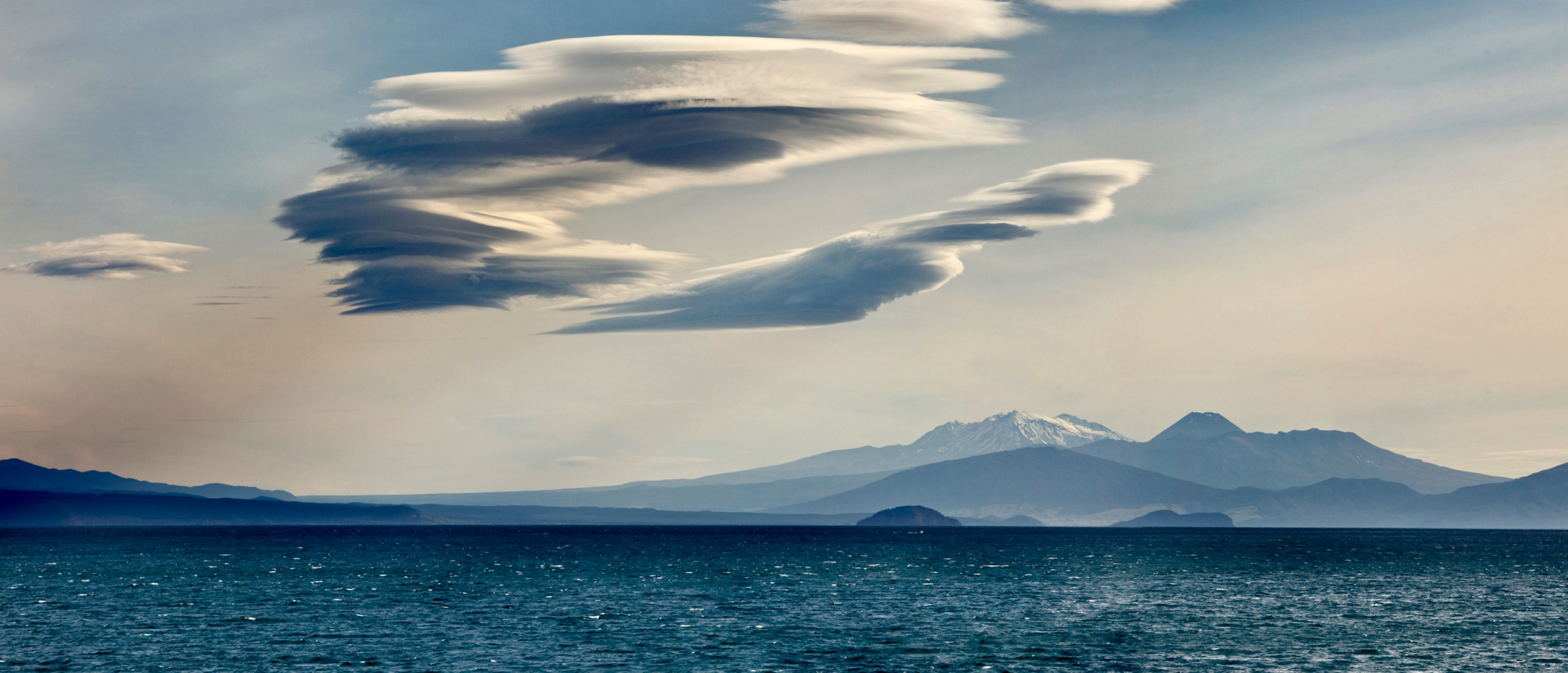
Lake Taupō: how did we get so lucky?
It really is all about Lake Taupō in this part of the world, where the water’s mood governs the feel of the day: sunny and sparkling, or grey and intense.

The biggest lake in Australasia announced its arrival with a bang.
Taupō is actually the drowned caldera of a super volcano, the eruption of which, in the first century AD, caused meteorological effects that were noted by sky-gazers as far afield as Rome and China.
A layer of ash was deposited by the eruption the length and breadth of the nation – conveniently as it happens, as this is used by geologists as a datum to judge the age of other rock and soil layers.
Over the centuries, the great hole in the earth torn by that cataclysmic event has filled with lovely, pure water, awaiting only the introduction of trout – browns from 1885 and rainbow a little later – to become an angler’s paradise.
There are plenty of guides who will show you the best spots and let you in on the secrets du jour; you can hire a boat and a skipper, or you can try your own luck. The fishing in the lake, and in the rivers and streams feeding and emptying it – particularly the Waikato and the world-famous Tongariro – is rated among the best in the world, with trophy fish landed regularly.
You can fish with a licence year round, and whether fly casting, spinning or harling from the shore or trolling from a boat, with a little due deference to local knowledge, you’ll be in with a shot.
It’s always a thrill to get a fish on the line, especially here: Taupō trout don’t muck about when they’re hooked up.
You can’t buy wild trout, so the only way you’ll get to eat one is to catch it yourself. Restaurants are permitted to cook them for you, but perhaps the best way to enjoy your catch is to smoke it and take it away with you.

But if fishing’s not your thing, there’s plenty to do besides in the vicinity of Taupō. There’s boating or water-skiing on the lake. There are the geothermal curiosities of Wairākei and, of course, the impressive Huka Falls.
Just beyond the point where Taupō empties into the North Island’s largest river, the Waikato, the flow is funnelled into a narrow rocky gorge, through which it thunders at a rate of 200,000 litres per second. There’s a walkway across the river at the top of the falls that leads to a platform at the base, from which the view – and the photo opportunity – is massive. You’ll struggle for words to describe the falls, but that’s okay: no one would be able to hear them, anyway.